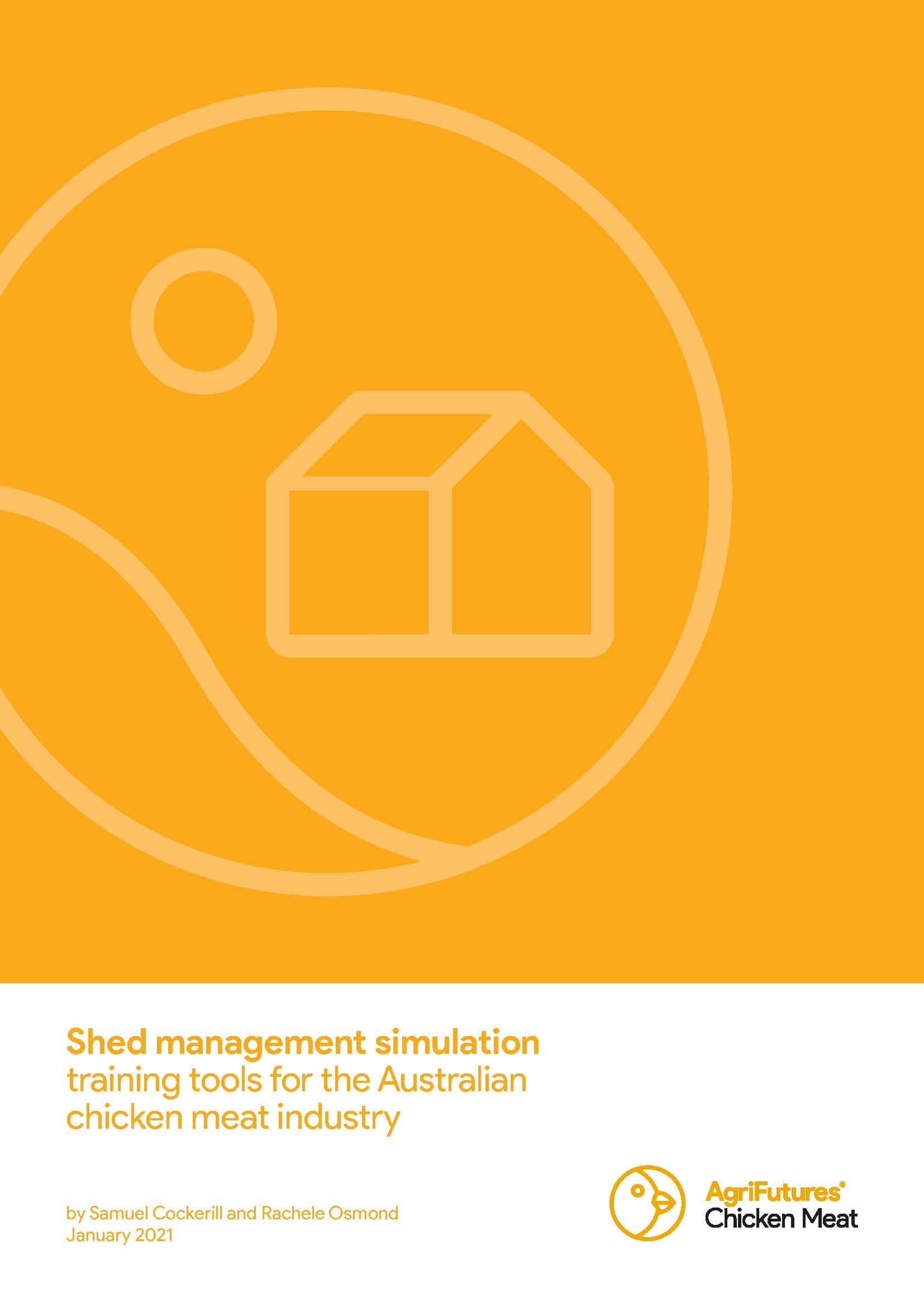Intensive meat chicken farming is a very dynamic environment, influenced by fluctuating internal and external shed environmental factors that affect shed conditions, which in turn can impact flock welfare and production. Being able to simulate various ‘what if’ scenarios will help growers understand the variabilities of shed interactions and assist with their decision making and management techniques. A training tool that can simulate how internal and external shed factors affect bird performance and welfare would be beneficial to the industry by improving the awareness and knowledge of the interactions between shed conditions.
Simulation software that uses predictive modelling already exists in several forms. The purpose of this project was to identify and analyse predictive flock and shed management tools that are currently available, and to assess how useful they could be for the Australian chicken meat industry. An industry survey was also conducted to improve our understanding of what variables the industry deemed most valuable, so that we could make recommendations about the features that should be included in models or tools developed for Australian conditions.
Thirty simulation programs were discovered that exist as web pages, downloadable programs, Microsoft Excel spreadsheets and mobile applications. Eleven were investigated in more detail. They all address some or many of the environmental and management factors that influence the outcome of meat chicken production – temperature and ventilation being the most universal factors. These programs mostly dealt with production as a calculated factor presented as bird weight; however, bird welfare, litter quality and air quality were largely absent from the observed programs. Analysis of these programs determined that no single model had all the desired traits identified by the Australian industry survey.





